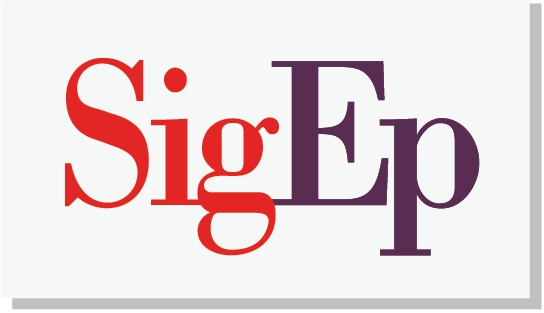
John Quincy Adams, the sixth President of The United States said it best close to 200 years ago. “If your actions inspire others to dream more, learn more, and become more, you are a leader.” The sentiment expressed in that sentence succinctly describes one of the primary messages in my new book The Hidden Leader, which is that leadership in organizations, is not tied only to positions of authority and titles. Rather, that leadership can exist anywhere in a company, from individual contributors, front-line supervisors or middle management—places we don’t tend to look for leaders. Yet harnessing the power of those employees may be your best opportunity to create a competitive advantage in an environment where what you offer, (products or services) is becoming less important than how you offer it. The linchpin for that elusive, but unfair advantage over the competition is your Hidden Leaders.
I’ve analyzed and published performance data on tens of thousands of leaders and had the chance to work personally with hundreds more. Through that experience I’ve learned that leaders come in all shapes and sizes. There is no bright-line test or rule for what makes exceptional leadership. No universal standard or unambiguous objective factors. But the common thread in that tapestry of leadership is that leaders believe that what they do matters. They make a difference. And that has nothing to do with titles, positions or authority.
In my work with companies from the largest in the Fortune 500 to venture backed start-ups, I’ve been fortunate to see many of these Hidden Leaders in action, committed to making a difference, and this is what I’ve observed.
1. They lead through relationships. With no position or title to wield, the Hidden Leaders rely on their relationships to influence action. Relationships that aren’t just niceness or likeability (though it doesn’t hurt), but those that are built on confidence in their capability or expertise. Relationships that develop trust in decision making, and prioritizing what is in the best interest of the customer or the company. These relationships also create some kind of a connection—that is, they interact as people—not just doing tasks and performing jobs. That connection can include excitement and engagement, or frustration and a desire to work together to improve something.
2. They demonstrate integrity. The kind of integrity that has the courage to give feedback or express truthful opinions instead of clouding real issues with corporate speak. The integrity of keeping commitments, and being accountable for their actions. Integrity that shows when someone is willing to speak up when something goes against the grain of cultural values or isn’t consistent with stated objectives. Of course, they don’t lie, cheat or steal, but that is no great feat, and frankly is just meeting expectations. This kind of demonstration of integrity includes a texture of being reliable, dependable and consistent. They can be counted on.
3. They focus on outcomes and results. Instead of getting bogged down in checking off tasks or blindly going about their work, Hidden Leaders will take a look to the horizon to understand what the end result is. That desired result could be the completion of a project, resolution of an issue, or implementation of some kind. Whatever it is, they understand what your business needs to accomplish, and allow those objectives and results to guide their actions. Sometimes that means doing something different and setting a standard for new best practices. Other times, it may mean following the chain of command to get an exception made. Whatever it is, they focus on achieving your goals, not simply trading time for money.
4. They get it when it comes to your customer. Hidden Leaders understand what your customers (the ones that pay the bills) are trying to accomplish. They help to identify unintended consequences, or problems that haven’t been considered. They reveal opportunities that haven’t been considered. They are able to marshal resources across your business—not only in their department, to help in addressing customer needs or desires. I call this being customer purposed, recognizing that these employees had a deep understanding of what customers were trying to accomplish with a company’s products and services, versus simply performing their functional role in delivery.
While it is necessary to have strong leaders in senior management roles to create a great business, I contend it is not sufficient. If you want to have a great business, you’ll need to cultivate leaders at all levels of your organization—especially in the places where you haven’t been traditionally looking for them. If you do it well, think of the value you create for your business—with virtually no capital investment at all.

Scott Edinger, Florida State ’92, works with senior leaders of companies like AT&T, Lenovo, and The Los Angeles Times. He is recognized as an expert in helping organizations achieve top and bottom line growth. In addition to The Hidden Leader, Scott has co-authored The Inspiring Leader (McGraw- Hill) and the Harvard Business Review article Making Yourself Indispensable, called by HBR a “classic in the making.” He is also a regular contributor to Forbes and the Harvard Business Review. As founder of Edinger Consulting Group, Scott has worked with leaders in nearly every industry sector, helping them formulate and implement growth strategies, increase revenue and profit, develop leadership capacity, drive employee engagement, and attract and retain talent.
Follow Edinger’s blog. He can be reached at scott@edingergroup.com.









Leave a Reply